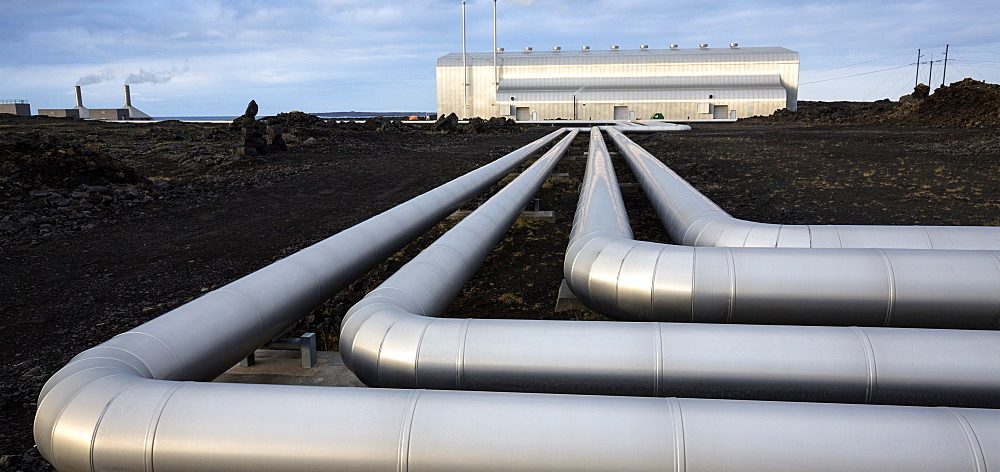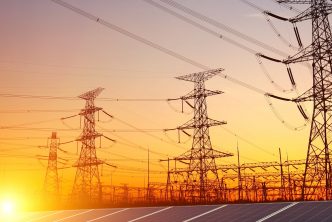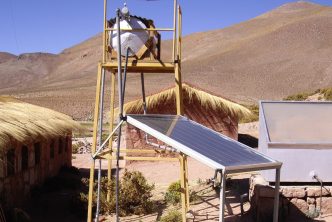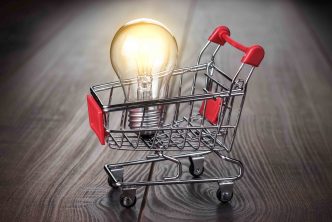The launching of the construction of the Ajaokuta-Kaduna-Kano (AKK) gas pipeline has been considered a “hot topic” for a few weeks now. The government’s expectation is that the AKK pipeline would be a catalyst to improve domestic manufacturing and trade in Nigeria, especially in regions where the pipeline would pass through. This pipeline would be able to receive up to 3 billion cubic ft of gas daily from the Escravos-Lagos and the Obiafu-Obrikm-Oben (OB3) pipeline. You can get more details on the AKK pipeline on the Nigeria Electricity Hub.
The crux of the seeming excitement is that the AKK pipeline would enable the operation of the Ajaokuta Steel plant and revive the local textile industry. According to various AKK news reports, the textile industry alone has the potential to provide 3 million jobs for the country. It is also stated that the pipeline would enable the addition of 3,600 megawatts (MW) of generating capacity to the grid through three gas generation facilities in Kogi, Kano and Kaduna.
For someone who is not looking past media print, all these listed benefits position the AKK pipeline project as a dream come true for Nigeria. I mean, what else can revitalize electricity, textile and steel industries at the same time, right? Truth be told, however, the impressions given may turn out to be as different from the realities as white is from black. There are a few areas of concern that we should consider vis-à-vis the popularly announced benefits. After considering these areas, you might have to think twice before counting your chickens prematurely!
On project completion timelines
It has been announced that the 200km first phase of the AKK project would be completed in two years. However, considering Nigeria’s track record of mounting delays in the completion of infrastructure projects, one may need to take a step back to wonder if two years is feasible to attain completion.
The 127km $400 million OB3 Gas Pipeline project is a similar but smaller project than the AKK and has been in construction since 2013 till date. The project has gone through a series of timeline pushbacks due to various reported challenges including rain, flooding, technical inability and others. The most recent postponement is till 2021 and even that timeline is not certain. The issue of delays in the completion of the OB3 is a double-barreled concern, given that the pipeline is supposed to supply the AKK when completed.
Another looming delay is the implementation of the first phase of the Siemens’ deal. The first phase is supposed to revamp Nigeria’s electricity distribution network 2021, however, implementation is yet to begin. Considering the sheer mass and dilapidates state of the distribution network in Nigeria, the project would most likely not be completed by 2021.
These examples are only two out of many that show a clear track record of delays in infrastructure projects. Should we expect a different situation out of the AKK? What measures would be taken in the planning to ensure that the project is delivered on time?
On power generation capacity
The ability of the AKK pipeline to enable the addition of 3,600MW of generation capacity to the grid sounds like a winner at first glance, however, the current state of the grid dampens such hopes. The power sector is currently battling with the issue of capacity bottlenecks along the grid. The grid can only transmit a little over 5,000MW of electricity, whereas generation companies can produce close to 8,000MW at full working available capacity. Generators are then forced to operate well below their capacities due to the lack of transmission and distribution capacity. Therefore, hoping that the grid will accommodate another 3,600MW without adequately investing in its expansion and rehabilitation in the nearest future is wishful thinking at best.
Industrial capacity along the AKK route
Another concern about the AKK project is its economic viability. A project of such magnitude must have the capacity to repay its financing and generate revenue to boost the country’s economy. Citing a project of such magnitude should also mean that potential industrial off-takers are already building factories along the pipeline route. As it stands today, the northern region lacks the industrial market to purchase the gas when it begins to flow. What actions are simultaneously being taken to also ensure that there are local industrial off-takers to buy the gas upon project completion?
The project would probably be more economically feasible if the Ajaokuta Steel Plant and the textile factories in Kano were near-ready to operate, but such is not the case. Ajaokuta Steel has been in different stages of construction and abandonment since 1983; almost 40 years without completion. It has also been reported that another $2 billion would be required to complete the project in addition to the $10 billion already invested over the years. Reviving the textile industries would require significant government support in terms of cheap financing and favourable policies. Even then, it would take years to begin again from scratch.
Who would pay the debts?
The AKK project will add more girth to Nigeria’s already fat belt of debts. The $2.8 billion project would be financed through 85{1c02100822988c48c7b0a484ab61ac3d7f398d67c2f66594d88b2db33072d9d9} debt and 15{1c02100822988c48c7b0a484ab61ac3d7f398d67c2f66594d88b2db33072d9d9} equity. Chinese lenders will provide $2.5 billion for the project, which is expected to be paid back in 12 years at 3.7{1c02100822988c48c7b0a484ab61ac3d7f398d67c2f66594d88b2db33072d9d9} interest rate. This loan is quite a stretch for Nigeria, considering that over 90{1c02100822988c48c7b0a484ab61ac3d7f398d67c2f66594d88b2db33072d9d9} of the country’s annual government revenue is currently used to service foreign debts. Apart from that, the project would be Chinese funded and constructed. This means that all the materials and a lot of the manpower would be imported from China. Also, what happens to countries and companies that cannot pay back their debts to the Chinese has become common knowledge. The Zambian airport, broadcasting corporation and power plant have all been taken over by China due to Zambia’s inability to fulfil its payments. Zimbabwe’s mining industry is also another example. The list is long.
Now, these points have not been outlined to condemn the AKK pipeline project, but to point out the realities which highlight how important it is to think beyond the proverbial box. The true success of such a project is in its benefit to the people and the economy. Therefore, the timing, usefulness and economic viability must be taken into consideration. This is an eye-opener for the government to rethink strategies.
If the Ajaokuta steel factory and grid expansion can be completed at the same time as the construction of the AKK pipeline, and the enabling to revitalize the textile industry can be provided, then perhaps, we can look forward to the pipeline’s completion with more optimism. However, this may not seem to be the case, considering the sheer financial and technical demands of undertaking these projects. Also, the fact that the government is also investing in rehabilitating existing railway infrastructure may, perhaps, make it cheaper to consider transporting gas through existing rail infrastructure. This option, however, would have its complexities to be discussed in another article.
Nigerians, we need to ask ourselves this question: would this project be another $2.8 billion down the drain in debts? How can the country make the best of the current situation?







